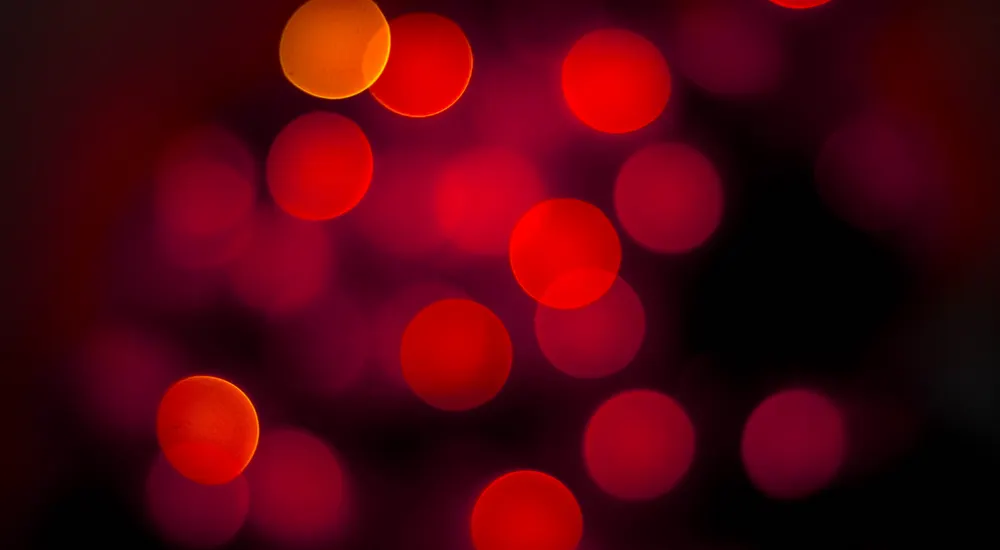Article
Home / Trending / Health
Light Therapy for Improved Health: A Scientific Perspective
Understanding Light Therapy: A Guide to Its Health Benefits and Scientific Foundations

By: Admin, Oct 19 · 3 minute read

Light therapy, also known as phototherapy, has gained significant attention in recent years as a natural and non-invasive treatment for various health conditions. From enhancing mood to improving skin health, the benefits of light therapy are supported by an increasing body of scientific evidence. This article explores the mechanisms behind light therapy, its applications, and the scientific research that supports its efficacy.
The Science Behind Light Therapy
Light therapy involves exposure to specific wavelengths of light, typically through devices like light boxes, lamps, or LED panels. The therapy primarily uses light in the blue, red, and near-infrared spectrums, which can penetrate the skin and influence cellular processes.
One of the key mechanisms by which light therapy works is through the activation of photoreceptors in the body. For example, exposure to blue light affects the production of melatonin, a hormone that regulates sleep-wake cycles. This effect makes light therapy particularly useful in treating conditions like Seasonal Affective Disorder (SAD) and insomnia.
Red and near-infrared light therapy, on the other hand, works by stimulating mitochondria—the energy powerhouses of cells. This stimulation increases the production of adenosine triphosphate (ATP), which enhances cellular energy and promotes healing and regeneration. This mechanism is why red light therapy is often used for skin rejuvenation, wound healing, and reducing inflammation.
Applications of Light Therapy
1. Treatment of Seasonal Affective Disorder (SAD):
One of the most well-known uses of light therapy is for the treatment of Seasonal Affective Disorder, a type of depression that occurs during the winter months when natural sunlight is scarce. Light therapy has been shown to alleviate symptoms of SAD by mimicking natural sunlight, which helps regulate circadian rhythms and improve mood. A study published in Psychiatry Research found that light therapy was effective in reducing symptoms of SAD in patients, with results comparable to those achieved with antidepressant medications.
2. Improvement of Sleep Patterns:
Light therapy can also be beneficial for individuals suffering from insomnia or other sleep disorders. Exposure to bright light in the morning helps reset the circadian clock, promoting better sleep at night. Research published in the Journal of Clinical Sleep Medicine demonstrated that light therapy improved sleep quality and duration in patients with insomnia, particularly when combined with other behavioral therapies.
3. Skin Health and Anti-Aging:
Red and near-infrared light therapy are widely used in dermatology for their anti-aging and skin-rejuvenating effects. These wavelengths of light penetrate the skin and stimulate collagen production, reduce wrinkles, and improve overall skin texture. A study in the Journal of Clinical and Aesthetic Dermatology showed that red light therapy significantly improved skin complexion, increased collagen density, and reduced the appearance of fine lines and wrinkles after several weeks of treatment.
4. Wound Healing and Pain Reduction:
Red and near-infrared light therapy have also been found to accelerate wound healing and reduce pain and inflammation. These effects are particularly beneficial for individuals with chronic wounds or inflammatory conditions like arthritis. A review published in Photomedicine and Laser Surgery highlighted multiple studies demonstrating the effectiveness of light therapy in enhancing tissue repair and reducing pain, making it a promising adjunct treatment for various medical conditions.
Considerations and Precautions
While light therapy offers numerous benefits, it is essential to approach it with proper guidance and caution. The effectiveness of light therapy depends on factors such as the intensity, duration, and timing of exposure. Consulting with a healthcare professional before starting light therapy is advisable, particularly for individuals with pre-existing medical conditions or those taking medications that increase light sensitivity.
Additionally, it is crucial to use light therapy devices that are designed for medical purposes and have been tested for safety and efficacy. Overexposure to certain wavelengths of light, especially blue light, can potentially cause eye strain or damage, so following recommended guidelines is important.

Conclusion
Light therapy is an increasingly popular and scientifically supported treatment for a variety of health conditions, from mood disorders to skin health. By harnessing the power of specific wavelengths of light, this therapy can promote healing, improve sleep, and enhance overall well-being. As research continues to uncover the potential of light therapy, it is likely to become an even more integral part of holistic health practices. For those considering light therapy, it is recommended to seek professional advice and ensure the use of appropriate and safe devices to maximize benefits.
References
1. Rohan, K. J., Mahon, J. N., Evans, M., Ho, S. Y., Meyerhoff, J., Postolache, T. T., & Vacek, P. M. (2015). Randomized Trial of Cognitive-Behavioral Therapy vs. Light Therapy for Seasonal Affective Disorder: Acute Outcomes. Psychiatry Research, 229(3), 609-617.
2. Faulkner, S. M., Bee, P. E., & Meyer, N. (2019). Light therapy for the treatment of insomnia: A systematic review and meta-analysis. Journal of Clinical Sleep Medicine, 15(8), 1095-1104.
3. Avci, P., Gupta, A., Sadasivam, M., Vecchio, D., Pam, Z., Pam, N., & Hamblin, M. R. (2013). Low-level laser (light) therapy (LLLT) in skin: stimulating, healing, restoring. Journal of Clinical and Aesthetic Dermatology, 6(5), 22-31.
4. Enwemeka, C. S., Parker, J. C., Dowdy, D. S., Harkness, E. E., Woodruff, L. D., & Hawkins, D. H. (2004). The efficacy of low-power lasers in tissue repair and pain control: A meta-analysis study. Photomedicine and Laser Surgery, 22(4), 323-329.